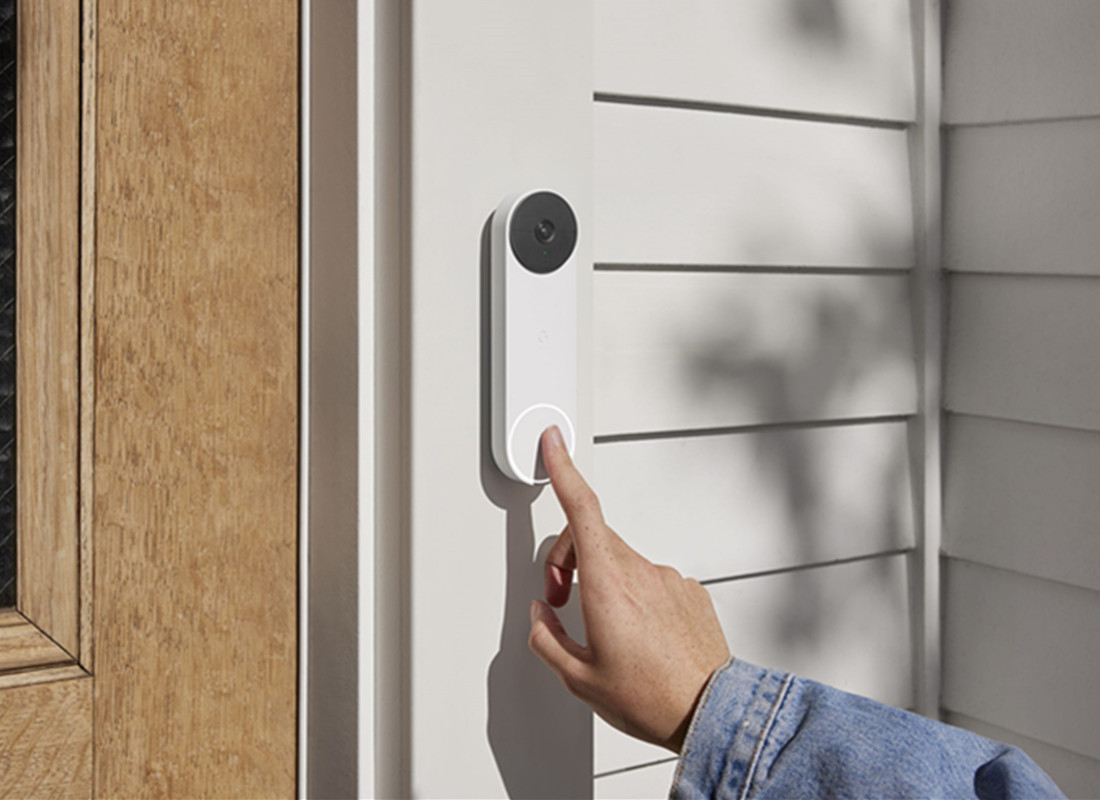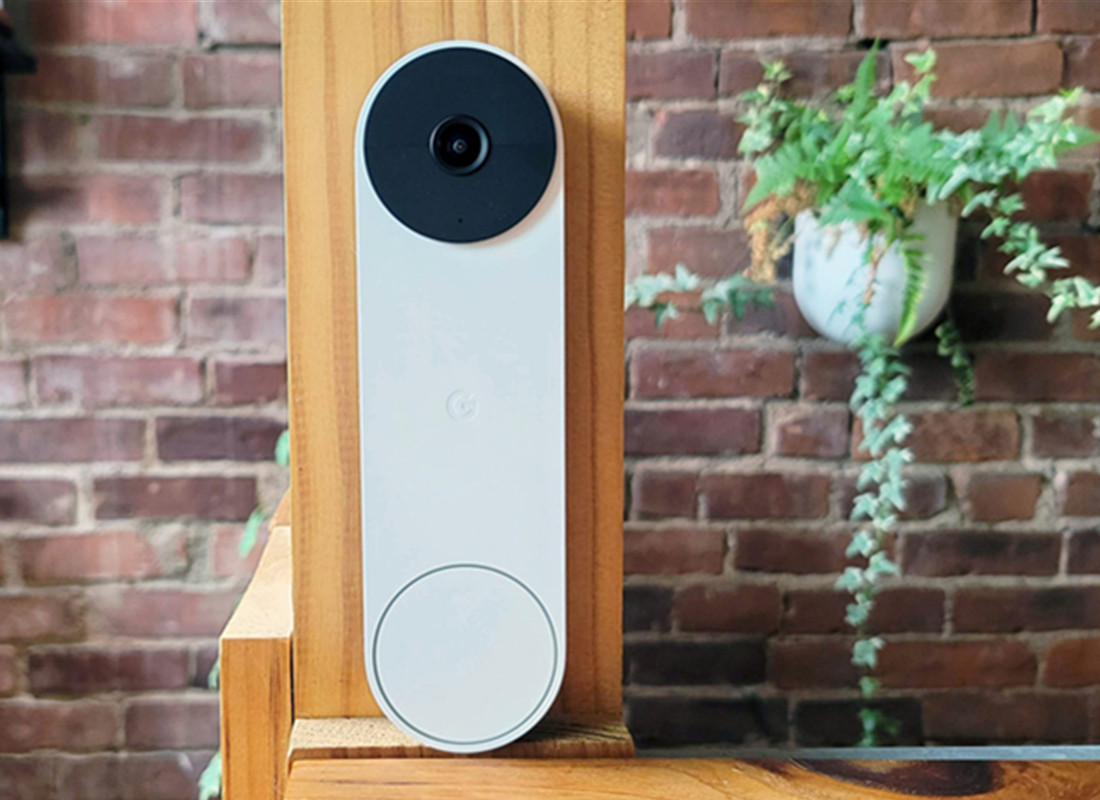
What You Should Know About Google Nest Wireless Battery Doorbell
You may not need to ring the doorbell anymore, assuming your home has internet access or a phone line. With this battery doorbell, you can simply use your smartphone to see who’s at the front door.
The Google Nest Wireless Battery Doorbell houses a motion sensor and is compatible with iOS and Android devices, as well as Google Assistant. Once it detects movement outside your house (or inside – if you’re worried about packages being stolen), it alerts you on all of these devices within 30 seconds. If someone rings the doorbell, you can talk to them, and a video feed shows their face on your phone (the doorbell also allows you to see who’s at the door). If you prefer to talk through the DoorBot app on your phone, it even works with multiple people. The light inside the device means it’s not pointing its camera at passersby.

What You Get
The DoorBot comes as a kit that needs assembly. The package includes the actual doorbell with a camera and a motion detector, two adhesive strips, two double-sided sticky tabs, double-sided tape, and screws, as well as a screwdriver. In addition to the electronic parts of the device, you also get mounting brackets for the doorframe.
The instructions and a user guide are simple enough to follow. The kit doesn’t come with a power supply, so you’ll have to get one separately. In addition, the DoorBot will take one AA battery that works for the doorbell and the motion sensor only; you won’t be able to charge them simultaneously. The display on top of the device shows how many batteries it has remaining – up to 7 hours in total.
Installation And Use
The DoorBot is fairly easy to install as long as you follow the instructions. First, attach the mounting brackets to the doorframe. It takes about 10 minutes for this procedure. Once that’s done, you can place the device above them and screw it in with screws from the package. The actual installation of the DoorBot takes a few more minutes to connect it to power (make sure you have enough space inside your home for its adapter).
Once you’ve done all that, you can move on to using the device.


